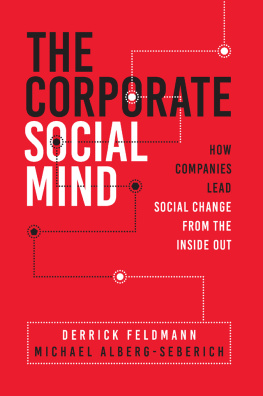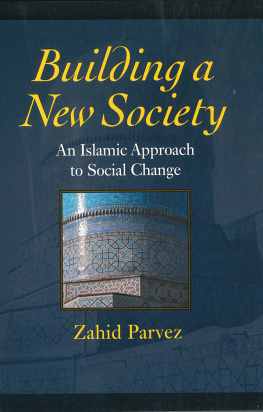Conrad Maynadier Arensberg - Introducing Social Change: A Manual for Community Development
Here you can read online Conrad Maynadier Arensberg - Introducing Social Change: A Manual for Community Development full text of the book (entire story) in english for free. Download pdf and epub, get meaning, cover and reviews about this ebook. year: 2008, publisher: AldineTransaction, genre: Politics. Description of the work, (preface) as well as reviews are available. Best literature library LitArk.com created for fans of good reading and offers a wide selection of genres:
Romance novel
Science fiction
Adventure
Detective
Science
History
Home and family
Prose
Art
Politics
Computer
Non-fiction
Religion
Business
Children
Humor
Choose a favorite category and find really read worthwhile books. Enjoy immersion in the world of imagination, feel the emotions of the characters or learn something new for yourself, make an fascinating discovery.

- Book:Introducing Social Change: A Manual for Community Development
- Author:
- Publisher:AldineTransaction
- Genre:
- Year:2008
- Rating:3 / 5
- Favourites:Add to favourites
- Your mark:
Introducing Social Change: A Manual for Community Development: summary, description and annotation
We offer to read an annotation, description, summary or preface (depends on what the author of the book "Introducing Social Change: A Manual for Community Development" wrote himself). If you haven't found the necessary information about the book — write in the comments, we will try to find it.
The development of industry in Europe and the United States has resulted in great marvels of production. However, non-Western nations, with a few exceptions, have not yet shared fully in this productivity, despite the desires of their leaders to do so. Also, in the United States, and in other industrial nations, there are sizeable minority groups which have not been fully assimilated into the productive pattern of the majority. Most live as poverty enclaves within the greater society. This socioeconomic imbalance has contributed to unrest in both the agrarian and industrial nations.
Introducing Social Change deals with numerous topics of social change: cultural problems of change in general; a description of the concept of culture; a discussion of cultural change in its various forms; an introduction to the process of directed change; a discussion of the motivation necessary to bring about change; a treatment of the method of adapting an innovation to existing ideas and customs; the profile of the primary characteristics of most developing nations; the main characteristics and cultural values of America as a sample urban, industrial culture; and field problems of the change agent, and in particular those methods from anthropology that can be modified for use.
Developments in the industrial countries, particularly the United States, have demonstrated the need for this second edition. When the original version was produced, little thought or activity was given to development efforts among ethnic minorities of industrial countries. Development was thought of almost exclusively as an activity relevant to the developing, non-industrial nations. It has become apparent that ethnic groups in industrial nations are also in need of economic development. Government policies, including funding, have been increasingly pointed in this direction.
Conrad M. Arensberg (1910-1997) was professor of anthropology at Columbia University. He is the author of Culture and Community, The Irish Countryman, and Family and Community in Ireland.
Arthur H. Niehoff was senior scientist in George Washington University and has conducted extensive research in India, Trinidad, and Laos. Some of his books include An Anthropologist under the Bed, Another Side of History, and On Becoming Human: A Journey of 5,000,000 Years Revised.
Conrad Maynadier Arensberg: author's other books
Who wrote Introducing Social Change: A Manual for Community Development? Find out the surname, the name of the author of the book and a list of all author's works by series.










